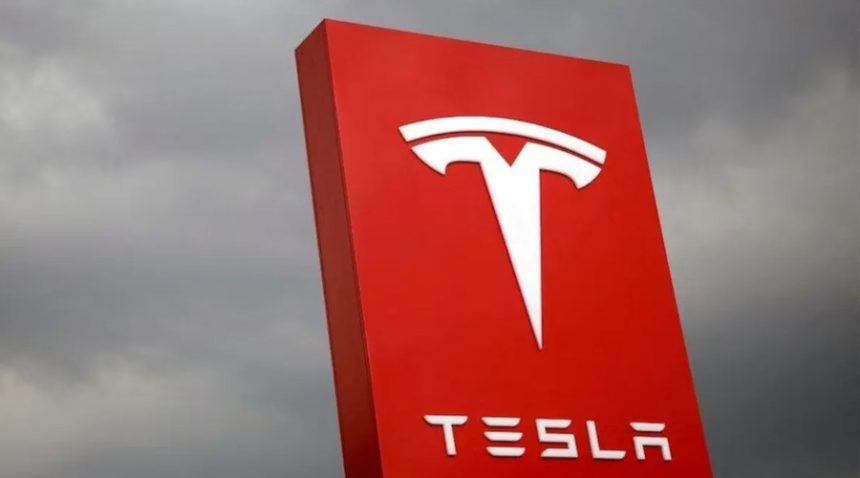The Modi-Musk US meeting has given hopes for Tesla India entry: Will it sustain the Indian EV market though?
India’s electric vehicle market is growing rapidly, drawing in international giants like BYD and Tesla. Local players, Tata Motors and Mahindra & Mahindra have a competitive edge, drawing on their intimate knowledge of the market, localized production, and policy alignment.
While international players face regulatory hurdles and affordability issues, Tata and Mahindra continue to lead the EV segment with affordable solutions suited to Indian buyers. So, let’s explore how BYD and Tesla plan to take over the Indian EV market.
BYD’s Ambitious Expansion Plans
Chinese carmaker BYD has been taking bold steps to set up shop in India. The automaker plans to grab 90% of the EV market share by 2025, with its sights on the premium segment and cars costing over ₹30 lakh. Its products, such as the Seal sedan (₹41-53 lakh) and the Atto 3 SUV, appeal to high-end buyers in tier-1 cities. To consolidate its presence, BYD has offered a $1 billion investment in India to produce 100,000 EVs a year and establish a local supply chain.
Even with these efforts, BYD has major obstacles to overcome. The Indian government has put in place stringent policies on Chinese investment, and approvals have become tough. In addition, its premium pricing strategy could not be suited for the wider Indian market, where EV uptake is low, with electric vehicles making up only 2% of overall vehicle sales.
Tesla’s Roadblocks in Entering India
Tesla has been interested in entering India for a long time but has encountered several setbacks. The automaker recently resumed talks with the Indian government, aiming to produce budget-friendly EVs at a cost of about $25,000 (₹20 lakh) by 2025 or beyond. This is in tune with India’s initiative of local manufacturing under its new EV policy, which facilitates premium EV imports with lower duties under specific terms and conditions.
Tesla’s challenges, however, are still significant. Heavy import taxes have deterred early entry, and Tesla’s current models, like the Model 3 and Model Y are beyond the reach of most Indian consumers.
According to a report, even if Tesla brings out a sub-₹25 lakh EV, its market impact would be minimal, given that well-established brands like Tata, Mahindra, Maruti Suzuki, and Hyundai have a strong grip on the segment. Tesla’s success will hinge on how fast it can establish local manufacturing and if it can provide affordable models appropriate for Indian consumers.
Tata Motors and Mahindra’s Strategic Advantage
Tata Motors and Mahindra & Mahindra have positioned themselves as leaders in India’s EV transition. Tata plans to introduce 10 new battery electric vehicles (BEVs) by 2025, aiming to double EV penetration within its portfolio. With popular models like the Nexon EV and Tiago EV dominating the affordable segment, Tata has already secured a major market share. Its investments in battery manufacturing and charging infrastructure provide a competitive edge that foreign players lack.
Mahindra & Mahindra is growing aggressively, too, and intends to have seven BEVs on offer by 2030, beginning with new models from 2025. It is investing in lithium iron phosphate (LFP) battery tech to bring costs down and double its production capacity. Moreover, Mahindra’s approach includes hybrid powertrains as options to serve different customer bases. With a well-established manufacturing network and thorough knowledge of customers, Mahindra is set to take on foreign automakers.
Why Do Foreign Automakers Struggle in India?
Global brands like BYD and Tesla must navigate several roadblocks to succeed in India. Regulatory barriers make it difficult for foreign players, especially Chinese firms, to secure investment approvals. Localization requirements add to the challenge, as building a domestic supply chain can take up to four years, delaying market entry. Moreover, India’s EV adoption rate remains low, limiting immediate growth opportunities for new entrants.
Investment controls on Chinese firms also add to the complexity of BYD’s expansion. The government’s stringent foreign direct investment (FDI) regulations involve special approvals for Chinese companies, hindering their scope to expand rapidly. MG Motor has also faced such challenges despite being in India, with only a 1.5% market share, owing to investment restrictions.
Tesla, however, is plagued by affordability. Its cheapest model, the Model 3, retails at $30,000 (around ₹25 lakh) in the US, which is out of the reach of Indian consumers. Tesla’s potential impact on the Indian market is, therefore, still in doubt unless it has a locally produced low-cost EV.
Indian Automakers Unfazed by Foreign Competition
Indian manufacturers are optimistic despite the entry of foreign EV majors. Mahindra & Mahindra’s auto business CEO Rajesh Jejurikar has boldly asserted that Indian engineers have designed cars that are competitive globally in three years. He invited global players but questioned their capacity to provide affordable EVs that fit India’s distinctive market dynamics.
Mahindra Group Chairman Anand Mahindra shared this opinion, stressing that Indian car makers have consistently shown resilience following economic liberalization in 1991. Both Tata and Mahindra have been able to innovate and survive in the local environment, putting them in the running against BYD and Tesla.
JSW Group Chairman Sajjan Jindal also brushed aside Tesla’s fear of disruption, saying that Tata and Mahindra, both Indian manufacturers, can beat global rivals. His group, which has a tie-up with SAIC for MG Motor, is also introducing its own EV brand, further bolstering the domestic sector.
Conclusion
Though BYD and Tesla have big plans for India, their journey is full of challenges. Regulatory barriers, cost constraints, and localization needs cap their immediate influence. In the meantime, Tata Motors and Mahindra & Mahindra remain market leaders with low-cost products, robust supply chains, and intimate knowledge of Indian consumers. As competition heats up, it is evident that India’s indigenous automakers have a winning hand. It will be tough for global giants to take over the Indian EV market anytime soon.






